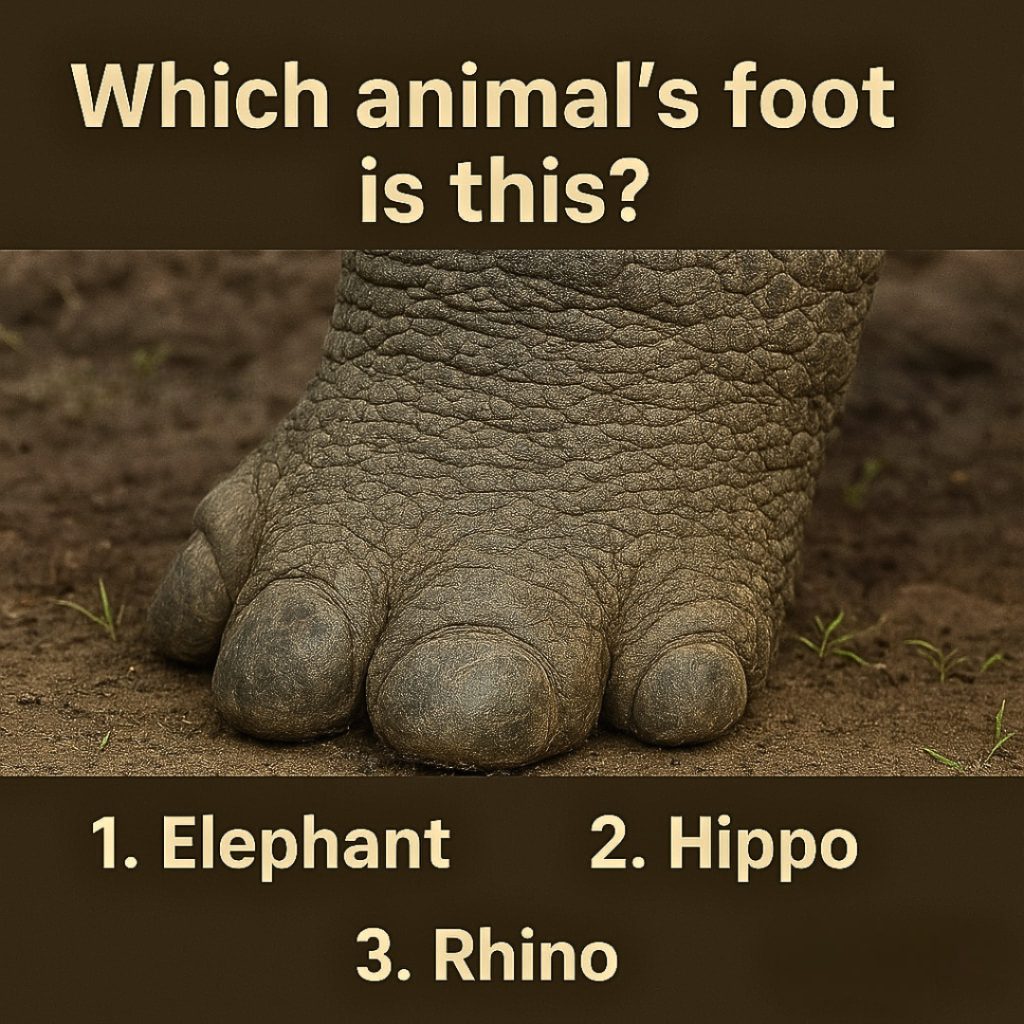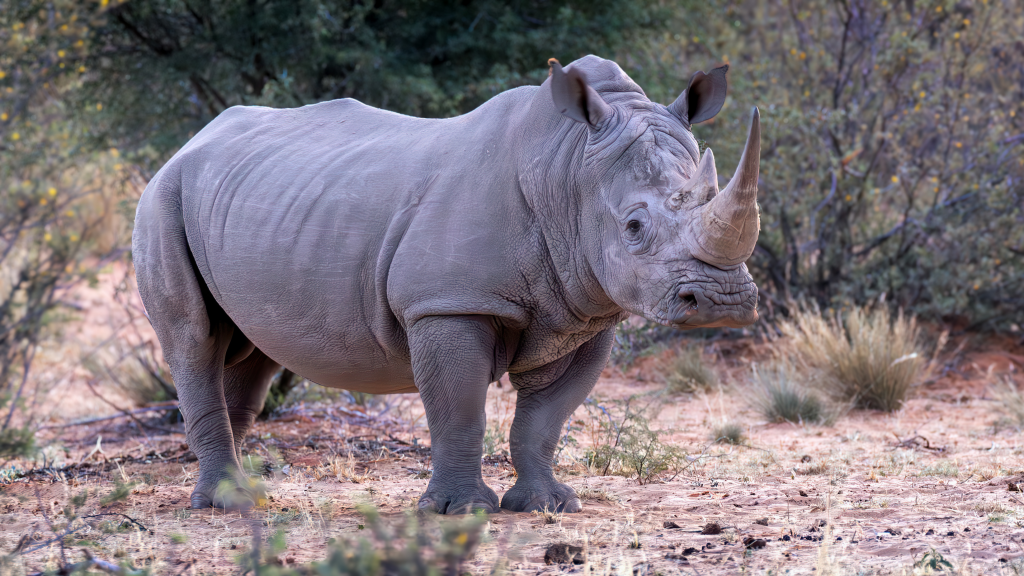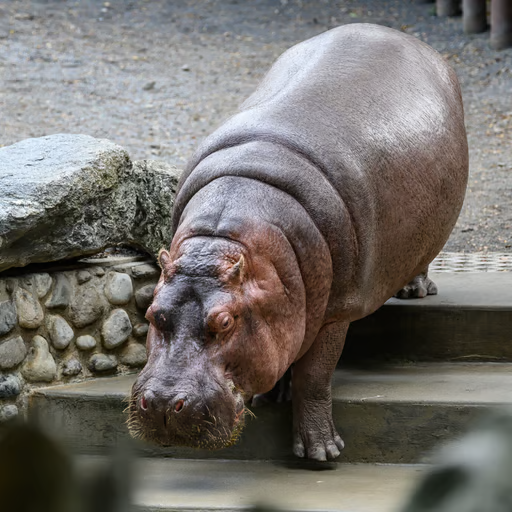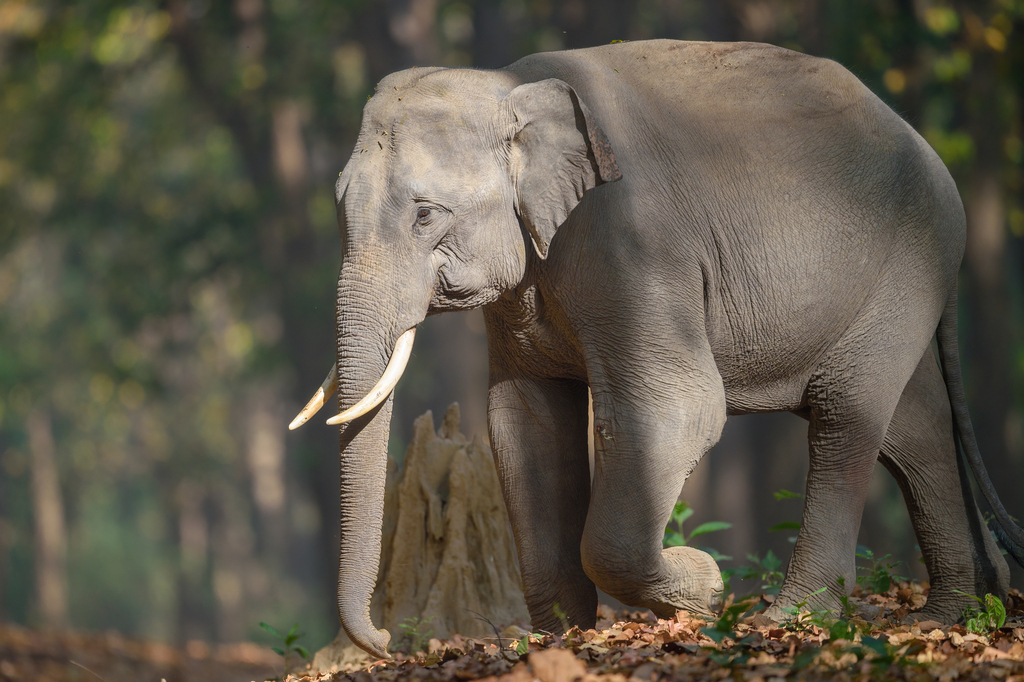A Riddle That’s Driving Nature Lovers Crazy
At first glance, this wildlife puzzle looks deceptively simple: a single photo of a mysterious animal footprint. But the question behind it has triggered a storm of comments across social media—Is it the gentle giant of the savanna, the fierce heavyweight of rivers and lakes, or the massive horned beast that rules the grasslands? 🧐
People everywhere are zooming in on their screens, arguing with friends, and second-guessing their instincts. Can you outsmart the crowd? Take a long look at the footprint. Study every wrinkle, every curve, every visible toe. Then ask yourself: Is this the foot of a rhino, a hippo, or an elephant? Before you scroll for hints, pause and lock in your guess.

Why Most People Get It Wrong
This puzzle might look easy, but countless wildlife enthusiasts have been tripped up by the same details. Here are some of the most common mistakes:
- Relying only on size. A big, round print screams “elephant,” right? Not so fast. Hippos and rhinos also leave large tracks, and photographs rarely show true scale. Without something for comparison—like a boot or a ruler—it’s easy to overestimate or underestimate the footprint’s size.
- Ignoring toe shapes. Many people glance quickly, count what look like “toes,” and stop there. But not all toes are created equal. A hippo’s toes spread differently than a rhino’s, and an elephant’s nails line up in a special way. Tiny variations in shape and spacing matter.
- Missing subtle textures. The surface of the skin tells a story. Rhinos have rough pads; hippos have a more “hoof-like” look; elephants have thick, wrinkled skin with a cushion-like sole. When you rush, those clues vanish.
It’s these small details—almost invisible at first—that lead even experienced nature guides to second-guess themselves.
Video : Guess the Animal by Footprints
Step-by-Step Guide to Cracking the Puzzle
Ready to separate fact from guesswork? Let’s break down the evidence like a wildlife tracker.
Step 1: Start with the Toes
First, count the visible nails or “mounds” at the front of the foot. In the photo, there are four rounded nails arranged in a gentle half-moon. That immediately rules out one candidate:
Rhino (Rhinoceros): Rhinos always show three toes on each foot. No matter how fuzzy the photo, if you spot four distinct nails, it can’t be a rhino. ✅ Rhino eliminated.

Step 2: Look at Toe Spacing
Now focus on how those nails are spaced. Are they spread wide apart or clustered closely?
- Hippo (Hippopotamus): Hippos have four toes, but their toes splay outward and often show webbing between them. The hoof-like tips look more separated, like a flower opening.
- In the photo, the nails are close together, forming a tight curve. There’s no sign of wide splay or webbing. ❌ Hippo unlikely.

Step 3: Examine the Shape of the Foot
The overall outline is almost perfectly round, like a solid column. The center shows a thick, cushiony pad with deep wrinkles.
- Elephant (Elephas spp.): Elephant feet are shaped like giant pillars. The bottom has a large, circular pad of fatty tissue that acts like a shock absorber. The skin is thick and wrinkled, with nails arranged in a neat semi-circle.
- Everything about the photo—from the column-like shape to the dense, wrinkled texture—matches this description perfectly.

Step 4: Double-Check the “Four Toes” Clue
You might wonder, “Wait, elephants have five toes—why do I only see four nails?” Good catch! This is where the puzzle tricks even seasoned wildlife fans.
Elephants do have five toes in the skeleton, but the number of visible nails varies:
- African elephant: Typically shows four nails on the front feet and three on the back feet.
- Asian elephant: Usually shows five nails on the front and four on the back.
In the image, there are exactly four nails in a perfect half-circle, which strongly suggests the front foot of an African elephant. That’s a subtle but crucial clue.
Video : Can You Guess the Animal by Their Feet? | Guess the Animal: Feet Edition
The Final Answer
✅ Elephant! More specifically, this footprint almost certainly belongs to the front foot of an African elephant.
The combination of four closely spaced nails, a thick round pad, and deeply wrinkled skin makes it unmistakable.
Why This Puzzle Matters
This isn’t just a fun guessing game—it’s a reminder of how much we can learn when we slow down and observe. Wildlife tracking is an ancient skill that demands patience and attention to detail. The difference between a rhino and an elephant track can be as small as one hidden toe or the way the nails curve.
In a world of quick swipes and instant answers, this puzzle challenges us to sharpen our focus, to see the clues nature leaves behind.
Join the Conversation
Did you get it right on your first try? Or did you fall for the hippo trap like so many others? Share your guess—and your reasoning—in the comments below! 📝

Tag a friend who loves brain teasers or wildlife and challenge them to spot the difference. Let’s see how many people can crack this riddle without peeking at the answer.
Keep Training Your Mind
If you enjoyed this puzzle, don’t stop here. Try more wildlife riddles, hidden-object games, and logic challenges. Each one is a mini workout for your brain, helping you develop sharper observation skills and a keener eye for detail.
The next time you’re out in nature—or even just scrolling through your feed—you might notice things you’d normally overlook: a subtle pattern in the sand, a bird track in the mud, or the delicate print of a creature passing by.
So keep puzzling, keep questioning, and keep exploring. The world is full of clues waiting to be discovered. 🐾